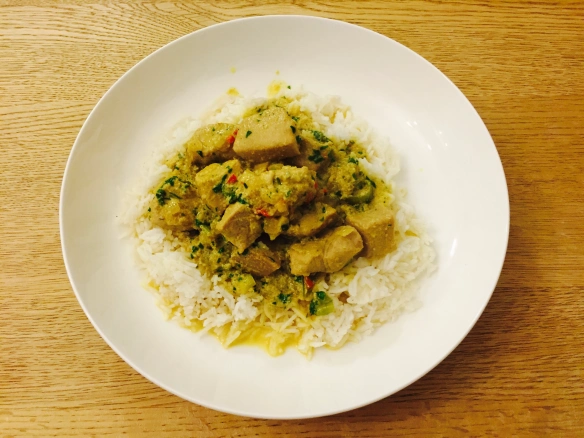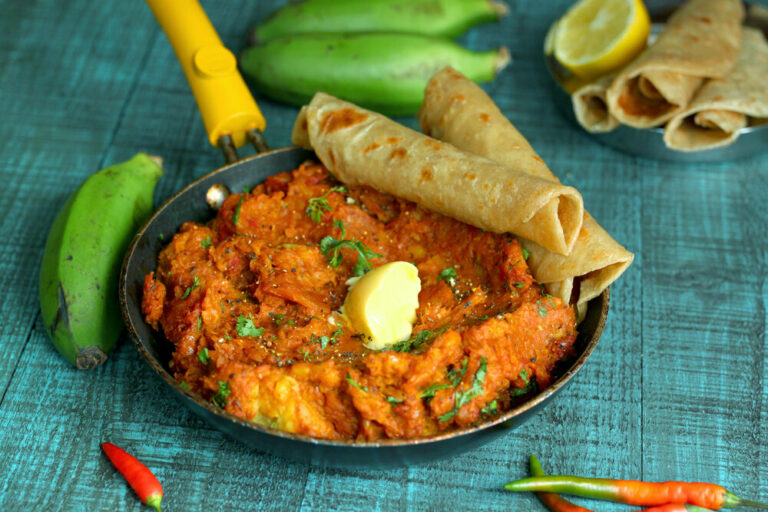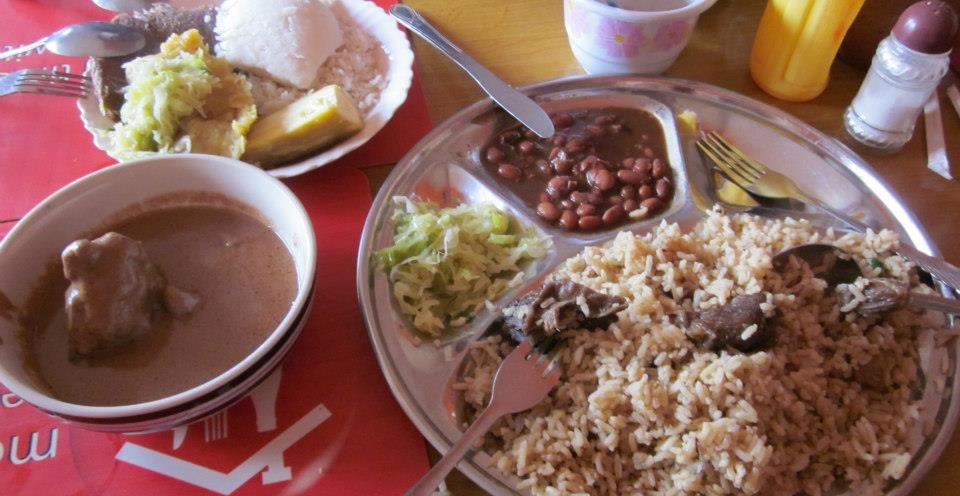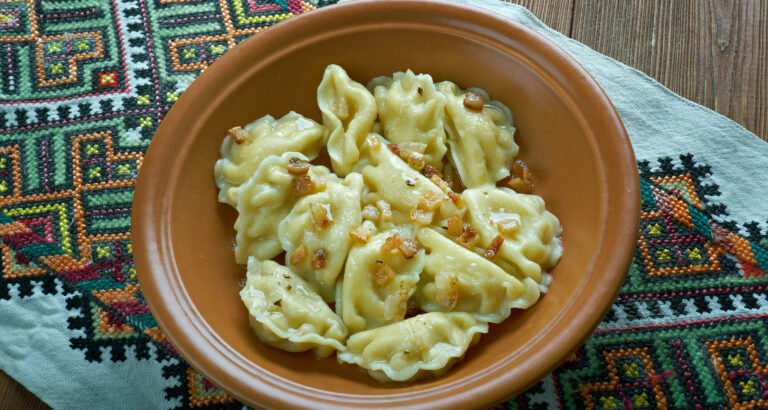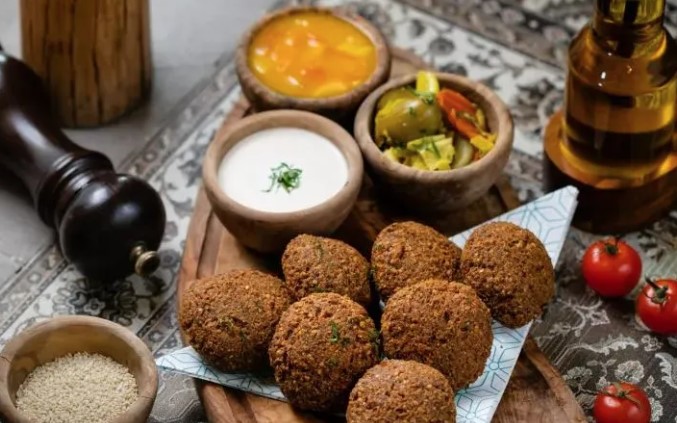Introduction: Tuvaluan Cuisine
Tuvalu is a small island nation located in the Pacific Ocean. Due to its isolation and limited resources, the cuisine of Tuvalu relies heavily on seafood and fresh produce from the land. Tuvaluan cuisine is characterized by its simplicity, freshness, and use of local ingredients. While the cuisine may not be as well-known as that of other Pacific Island nations, it offers a unique and flavorful culinary experience.
The Role of Seasonings and Spices
Seasonings and spices play an essential role in Tuvaluan cuisine. They are used to enhance the natural flavors of the ingredients, add depth and complexity to dishes, and balance out the sweetness and richness of certain ingredients. Tuvaluans have access to a range of herbs, spices, and seasonings, both native and imported, which they use in their cooking.
The Basics: Salt and Pepper
Salt and pepper are essential seasonings used in Tuvaluan cuisine. While they may seem like basic ingredients, they are crucial in bringing out the natural flavors of the ingredients. Tuvaluans use both sea salt and rock salt, depending on the dish. Pepper is typically used sparingly, as Tuvaluan cuisine tends to focus on subtler flavors.
The Aromatic: Ginger and Garlic
Ginger and garlic are commonly used in Tuvaluan cuisine, both for their aromatic qualities and their health benefits. Ginger is often used in soups and stews, as well as in drinks and desserts. Garlic is a staple in many savory dishes, including curries and stir-fries. Both ingredients are believed to aid digestion and boost the immune system.
The Flavorful: Curry and Turmeric
Curry and turmeric are popular spices used in Tuvaluan cuisine. Curry powder is a blend of spices that typically includes cumin, coriander, turmeric, and chili powder. It is used to flavor curries and other dishes, adding depth and complexity to the flavors. Turmeric, on the other hand, is a bright yellow spice that is commonly used in rice dishes and soups. It is also believed to have anti-inflammatory properties.
The Traditional: Pandanus and Coconut
Pandanus and coconut are two ingredients that are deeply rooted in Tuvaluan culture and cuisine. Pandanus leaves are used to wrap food, imparting a unique flavor and aroma to dishes. Coconut milk is a common ingredient in curries, soups, and desserts, adding richness and sweetness to the flavors. Coconut meat and oil are also used in cooking and baking.
Conclusion: The Diversity of Tuvaluan Flavor
Tuvaluan cuisine may not be as well-known as that of other Pacific Island nations, but it offers a unique and flavorful culinary experience. The use of seasonings and spices is essential in Tuvaluan cooking, adding depth and complexity to dishes and enhancing the natural flavors of the ingredients. From the basics of salt and pepper to the traditional ingredients of pandanus and coconut, Tuvaluan cuisine offers a diverse range of flavors that are sure to delight the taste buds.


